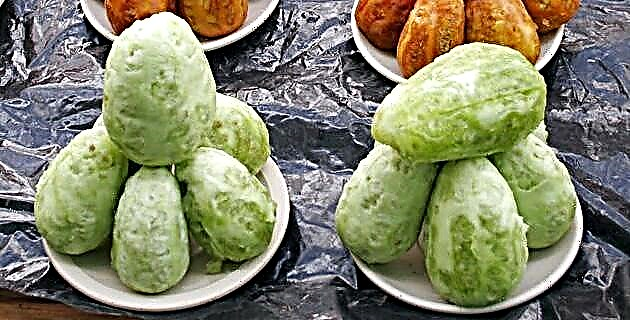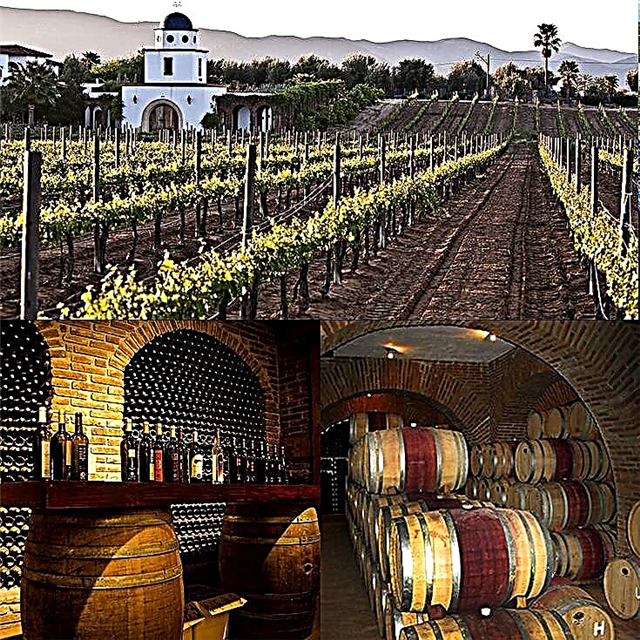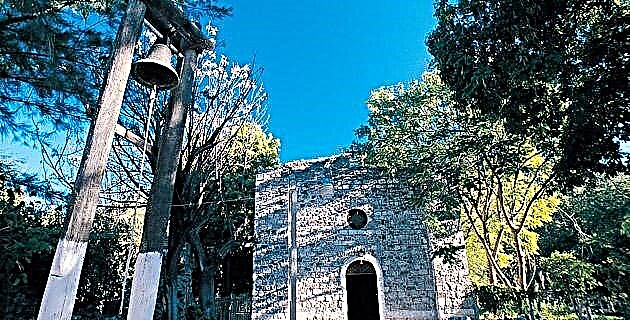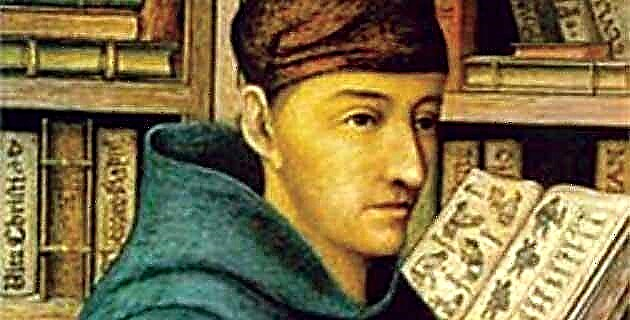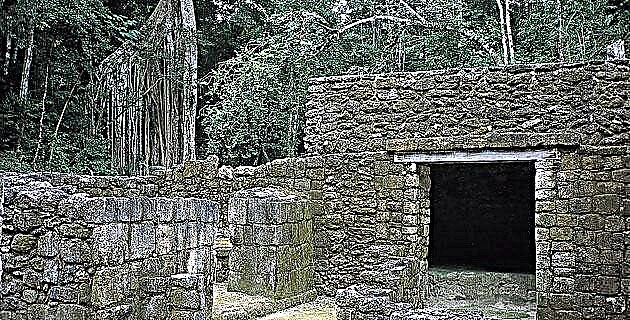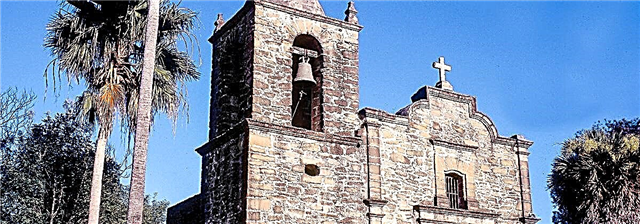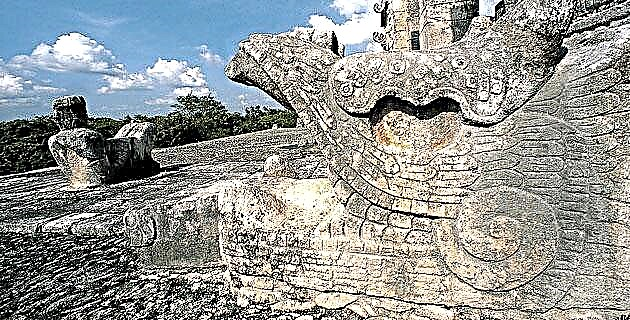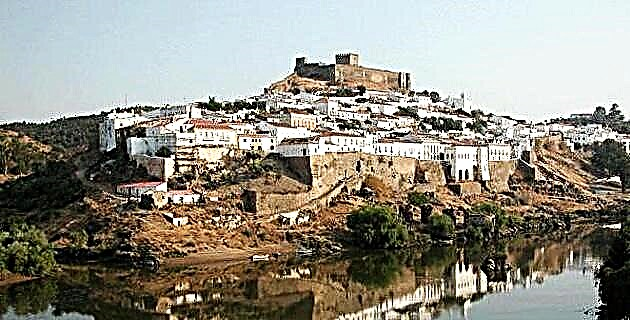
Like many other places of mining tradition in the country, the state of Durango also developed in the beginning in the shadow of the great mining deposits found by the Spanish during the 16th and 17th centuries.
Like many other places of mining tradition in the country, the state of Durango also developed in the beginning in the shadow of the great mining deposits found by the Spanish during the 16th and 17th centuries.
The old Villa de Guadiana, today the city of Durango, was founded almost by chance, since its nearby Cerro del Mercado gave the conquerors the impression that it was a great silver mountain.
The development of the new culture brought with it the imposition of a new faith, since the few missionaries who then ventured to those inhospitable regions framed by the mountains founded small missions, temples and convents, of which some beautiful samples still remain. .
The economic boom of the eighteenth century was evident in the erection of new and ostentatious buildings, such as government houses and municipal headquarters, some temples and, of course, the stately homes of the important figures of the time, who amassed great fortunes thanks to the wealth of the land of Durango.
Although many of the beautiful buildings erected at that time did not have the fortune to last to this day, the visitor will still discover some of great magnificence and splendor, such as the cathedral of the city of Durango, with its beautiful baroque façade; the temple of San Agustín and the parishes of Santa Ana and Analco, which was built where the Franciscan friars had previously settled in the 16th century; the temple of San Juan de Dios and the neoclassical buildings of the headquarters of the Archbishopric and the expiatory temple of the Sacred Heart, splendid examples of the great stonemason and sculptor Benigno Montoya.
Among the civil buildings of interest are the Government Palace, which was the residence of the prosperous miner Juan José Zambrano, and the majestic house of the Count of Súchil, a Baroque masterpiece, as well as the famous Casa del Aguacate, today home to a museum. , of notable neoclassical forms, which belongs to the Porfirian era, like the Ricardo Castro Theater building.
Beyond the city of Durango, in the towns that rise on the plains or seem to hide among the ravines, there are other beautiful and simple exponents of the construction work of the first colonizers of the region. To awaken the imagination and interest of the visitor, we can mention, among many others, places such as Amado Nervo, with its temple of San Antonio, a modest work from the 18th century; the Temple of the Conception in Canutillo; the parish of Cuencamé; and the ancient temples of Mapimí, Nombre de Dios, Pedriceña and San José Avino, which constitute a good testimony of the evangelizing work carried out in these lands.
Also in the surroundings of the capital city the visitor will find notable civil constructions that were once farms for the benefit of minerals, or cattle and agricultural estates. Among the most famous, the so-called La Ferrería, Canutillo, San José del Molino, El Mortero and San Pedro Alcántara stand out.
Durango is undoubtedly the gateway to a different world, to an environment in which the proximity of the countryside and the landscape dominate everything, in full contrast with the walls of old houses, palaces and temples that will tell you some history, of legend and tradition.
Source: Arturo Chairez file. Unknown Mexico Guide No. 67 Durango / March 2001

